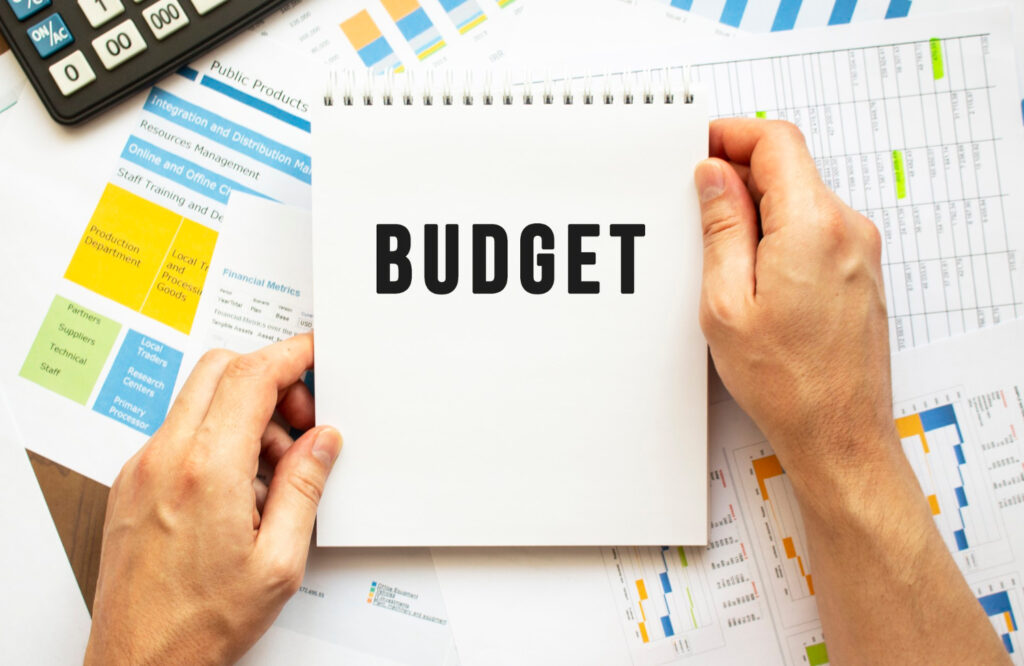
Drafting a budget for your business will help you figure out how much money you have, how much you need to spend, and how much you need to bring in to meet business goals.
If you don’t have the discipline to sit down, assemble a business budget, and estimate your costs and expenses you will never know if you have the needed funds to start your business venture.
Budgeting is like a roadmap for your company. You need the roadmap to understand where you’re going with your business.
In this installment of Build an Ecommerce Empire, we will discuss the different types of expenses and estimate them without missing anything.
Let’s Calculate Your Operating expenses
If you’re just starting, you will have to brainstorm to make sure you factor in all the costs you incur. Or you can review your financial statements from the previous year and based your calculation on the real expenses that your business has.
It would be best if you organized your expenses into one-time expenses and monthly expenses. To make it easier for you, you can use our free downloadable budget template
Step 1: Determine Monthly Expense
Your Fixed Costs
Your fixed costs are any expenses that stay the same from month to month: office rent, certain utilities (like internet or phone plans), website hosting, and payroll costs.
Review your expenses from the previous year and see which costs have stayed the same from month-to-month. These are the expenses you’re going to categorize as fixed costs.
If you’re just starting your business and don’t have financial data to review, use projected costs.
Here is a list of things to consider:
- Office Rent
- Power, Water, Heating
- Phones
- Other utilities
- Internet
- Coffee, Snacks & other teams goodies
- Office Supplies (printer toner, paper, ect)
- Team Education
- Warehouse
- Insurance
- Loan repayments
Store Expenses
- Website Hosting & Domain or Platforms (like Shopify)
- Technology costs
- Marketing Tools
Once these costs are determined, add them together to get your total fixed cost expenses for the month.
Your Variable Costs
Variable costs correlate with sales volumes. These include the cost of raw materials you need to make products, inventory, and freight as well as salaries, telecommunications, and advertising.
Here are three main expanses you have to take into account:
Estimate your Cost of Good Sold (CODS)
The Cost of Good Sold means calculating the REAL cost of the product you are going to sell.
This is not only the amount of money you pay to acquire the product from your supplier or to manufacture the product (all expenses associated with making or buying your product).
You should also take into account shipping from the supplier to you (your home, warehouse, or a fulfilling center like Amazon) and the shipping from you to your customers (if you offer free shipping)
And one more thing that business owners often overlook: the fees that you will pay to your card processor when your customers make orders on your online store. That’s usually around 2.9% plus $0.30 – it depends on your credit card processor. You can check that out on the website of your payment gateway. Here is the formula:
Cost of Product + Shipping + Credit Card Fees = Cost of Good Sold
Stuff (salaries)
Plan out the team (employees) you will need to achieve your projected profit. Here is a list of tasks that different employees need to fulfill so your ecommerce business can run smoothly.:
- Manager
- Store Admins
- Order Handlers
- Marketing Team
- Customer Support
- Accounting/Legal
- Web Designer and Developer
Keep in mind that you can outsource some of these tasks instead of hiring dedicated staff. In this case, when you plan your salary expenses, you will have to plug in the amount of money you are going to pay to a freelancer or an outsourcing company.
Marketing budget
Calculating your marketing budget is vital for every digital business owner. Estimate your overall monthly marketing budget with the help of our Business Budget Tool
Unexpected Spends
On top of adding fixed and variable costs to your monthly expenses, you should also add a buffer to cover any unplanned purchases or expenses, like fixing a damaged cell phone or hiring an IT consultant to deal with a security breach. That way, when an unexpected expense pops up (and they always do), you’re prepared!
Step 2: One-Time Spends
One-time expenses are the initial costs needed to start the business. Buying major equipment, hiring a logo designer, and paying for permits, licenses, and fees are generally considered to be one-time expenses. Here is a list:
- Machinery
- Furniture
- Company Registration
- Computers
- Cars
- Plugins
Add up your expenses for a full financial picture
Add up your one-time and monthly expenses to get a good picture of how much capital you’ll need and when you’ll need it.
Note: If you use our Ecommerce Budget Tool, in the Expenses field add only your fixed expenses and the expenses for staff to make a projected profit.
If you want to calculate your Return on Investment, then you can use your one time and monthly expenses to make the math.
ROI is equal to the profit divided by the investment.
Recommended Resources:
Budget Planning Tool – to calculate profits, revenue, number of sales you have to make in order to reach the break-even point, marketing budget, and much more
Free downloadable budget template to estimate your monthly and on-time costs and expenses.
The Ultimate Guide To Ecommerce Business Budget Planning – make your ecommerce budget planning as easy as possible with this extremely useful guide.
If you find your ecommerce planning difficult, Elena and I are always ready to land a helping hand. Just get in touch at info@airdesigns.us or join our Facebook group


